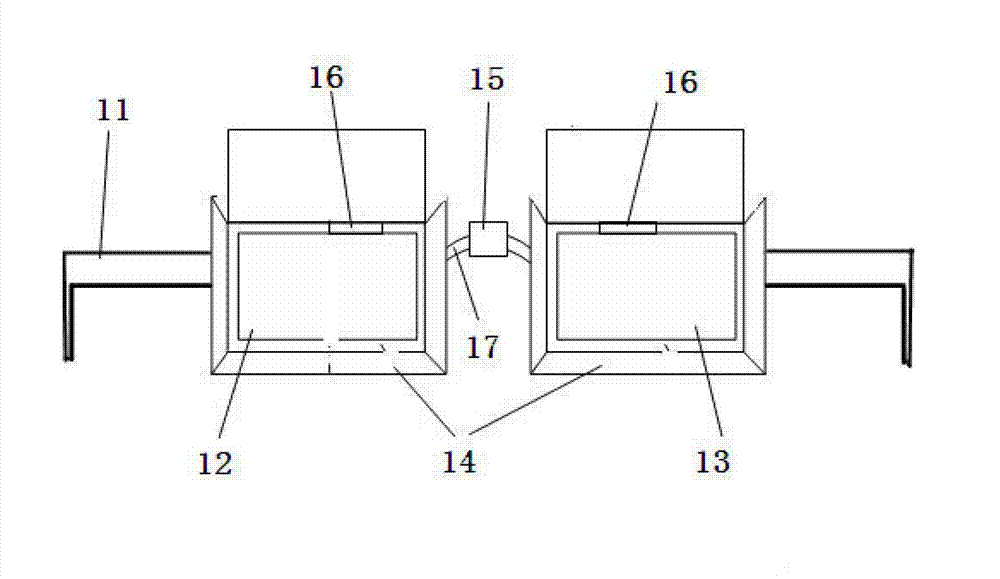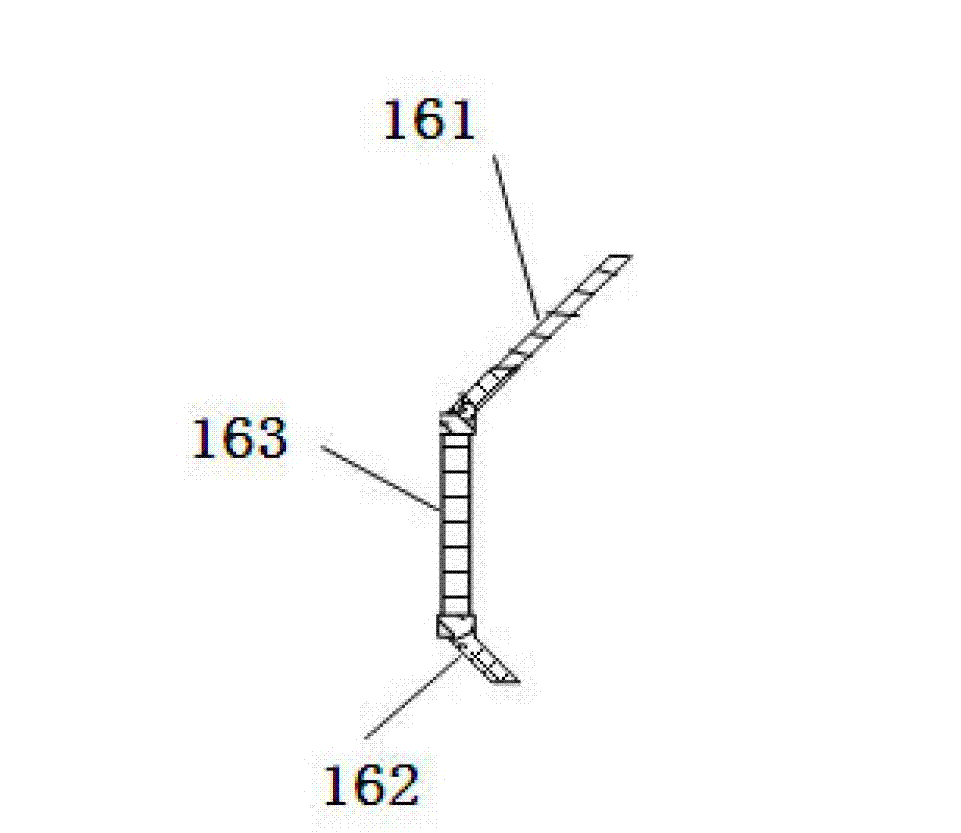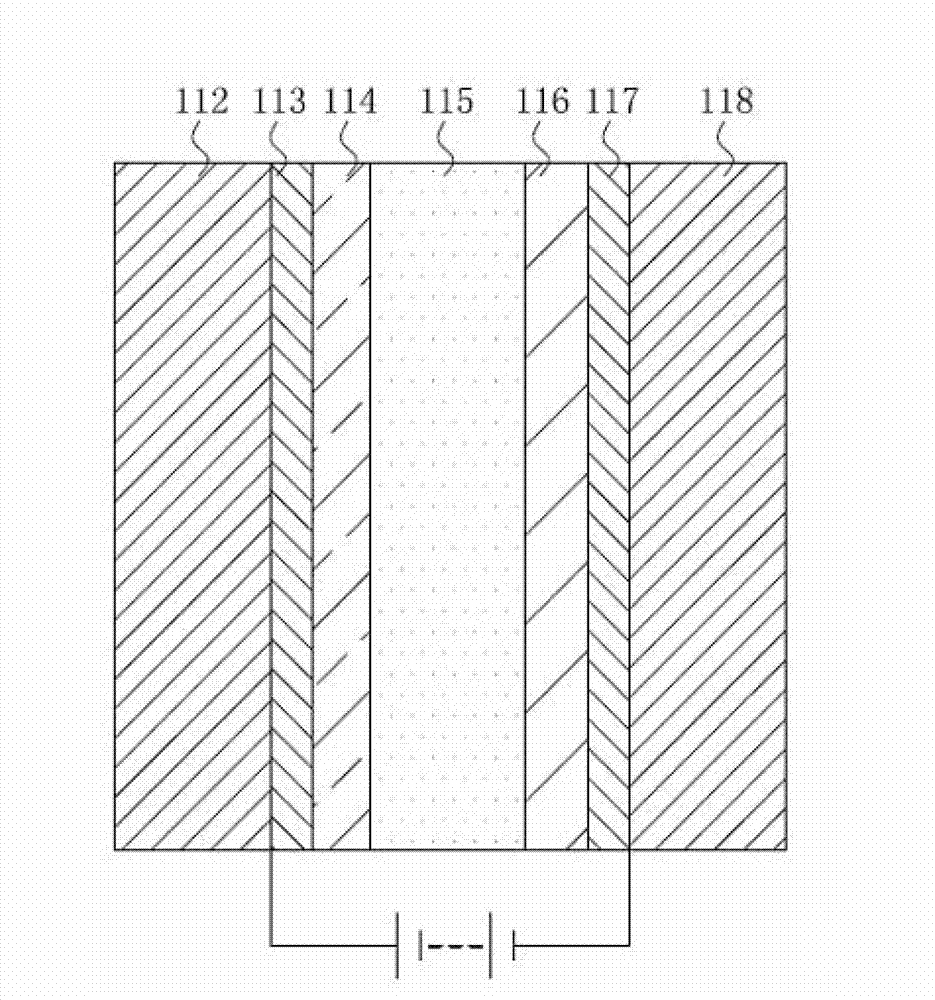Three-dimensional spectacle
A 3D stereoscopic and glasses technology, applied in the field of glasses, can solve problems such as visual fatigue of 3D movies and affecting the visual effects of the viewers watching images
- Summary
- Abstract
- Description
- Claims
- Application Information
AI Technical Summary
Problems solved by technology
Method used
Image
Examples
Embodiment Construction
[0016] Embodiments of the present invention will be further described below in conjunction with the accompanying drawings.
[0017] figure 1 It is the front view of the stereoscopic glasses of this invention. The three-dimensional glasses 11 include a left eye portion 12, a right eye portion 13, a shading module 14, a light sensing unit 15, and an adjustment unit 16. The left eye portion 12 and the right eye portion 13 are connected through a connecting portion 17, and the shading module set At the outer edge of the left eye and right eye, it is used to filter and / or block the light from the environment to the left eye and right eye, so that the viewer can reduce or even prevent the ambient light from entering when watching the three-dimensional image The eyes of the viewer, thereby improving the visual effect of the viewer watching the video.
[0018] The shading module 14 includes a first shading structure and a second shading structure, the first shading structure is arra...
PUM
 Login to View More
Login to View More Abstract
Description
Claims
Application Information
 Login to View More
Login to View More - R&D
- Intellectual Property
- Life Sciences
- Materials
- Tech Scout
- Unparalleled Data Quality
- Higher Quality Content
- 60% Fewer Hallucinations
Browse by: Latest US Patents, China's latest patents, Technical Efficacy Thesaurus, Application Domain, Technology Topic, Popular Technical Reports.
© 2025 PatSnap. All rights reserved.Legal|Privacy policy|Modern Slavery Act Transparency Statement|Sitemap|About US| Contact US: help@patsnap.com



